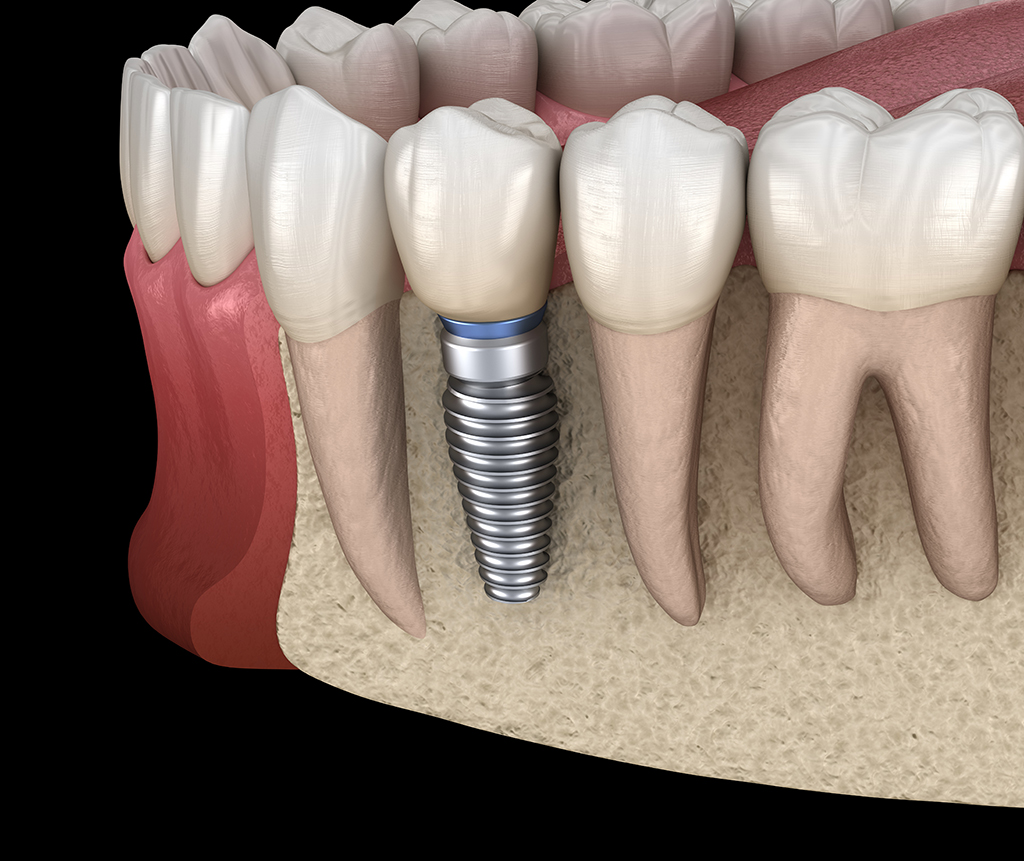
Bone Grafting By A Full Scope Oral Surgeon | Plano, TX
Photo By Alex Mit at Shutterstock
NextGen OMS offers full-scope oral maxillofacial surgery that includes dental implants, wisdom teeth removal, jaw surgery, facial reconstruction, and bone grafting. Our oral surgeon can also treat facial injuries and facial pain and provide a full range of dental procedures. So, if you need bone grafting or other oral surgery services in Plano, TX, make NextGen OMS your one-stop shopping when it comes to oral surgery.
Dr. Eftekhari often receives referrals from area dentists and physicians. Our office welcomes new patients, and the doctor diagnoses and treats facial pain and injuries. When it comes to bone grafting procedures, you need an oral surgeon who can provide an accurate diagnosis and recommend the least invasive procedure available.
If you have severe gum disease, also called periodontitis, you may have suffered bone loss that makes it difficult for your dentist or oral surgeon to anchor a dental implant. Bone grafts can help your body grow new bone to replace what you have lost.
Connection Between Gum Disease and Bone Loss
It’s important to receive treatment for gum disease as soon as possible. Otherwise, you could suffer loss of gum tissue and develop other dental problems, including bone loss.
Do you have periodontitis? If you have periodontitis, you have a constant bacterial infection that impacts your gums and the bones in your mouth. Bacteria thrive and form dental plaque when you have poor dental hygiene habits or a genetic disposition for gum disease. The first signs of gum disease include swollen gums that bleed when you brush your teeth.
Periodontitis describes severe gum disease, in which toxins produced by bacteria impact your gum tissue. They creep below the gumline to infect tissue that supports your teeth. In late-stage periodontitis, the bacterial infection starts to break down the bone that holds your teeth in place. If you don’t treat periodontitis, your teeth can become loose and eventually fall out.
These surgeons know several techniques that can help patients with late-stage periodontitis save their teeth. For example, bone grafting helps your body grow new bone to support implants and other dental structures.
What Are the Symptoms of Gum Disease?
You can spot the symptoms of gum disease or consult with your dentist on whether you need an oral surgeon to perform bone grafting for an implant or other procedure.
The symptoms of gum disease include the following:
- Constant bad breath
- Tooth loss
- Pain when chewing
- Bleeding gums
- Sensitive teeth
- Swollen gums
How Can Bone Grafts Help With Gum Disease?
If you need oral surgery due to periodontitis, your dentist may refer you to NextGen OMS for bone graft surgery. During the procedure, Dr. Eftekhari will separate the gum from the tooth and remove any infected tissue. If he finds calculus or rough surfaces, he smooths out the area to prevent irritation that can worsen gum disease. Then, he positions bone graft material where it’s needed to help create new bone. This procedure can increase your chances of saving your teeth.
Choosing an oral surgeon to perform this surgery may improve your long-term outcome. That’s because this kind of surgeon goes through years of training to master oral surgical techniques. If you have already lost teeth, your dentist may recommend placing an implant into the jawbone. The implant replaces your lost tooth root. In order to anchor properly in the jawbone, the implant needs enough bone to hold it in place. Your dentist may refer you to an oral surgeon if you have already lost too much bone for the implant to stay in place.
During the bone graft procedure, the surgeon harvests bone from elsewhere in your jaw — or perhaps from your hip or another part of your body. Another option is using artificial bone that’s commercially available. It may take several months for the transplanted bone to heal and grow strong enough to support a dental implant. Over time, new bone grows over the graft material and replaces it.
If you have minimal bone loss, you may only require minor grafting. In this case, your surgeon may place the bone material at the same time they install the implant. This is a best-case scenario since it only requires one procedure. If you have questions about the condition of your remaining bone density, be sure to ask the surgeon during your consultation.
Tissue Regeneration Improves Gum Disease in Plano, TX
As part of the bone graft procedure, the surgeon installs mesh filters that stimulate tissue growth and bone regeneration. The mesh filter shields the area where you require new bone growth. The mesh prevents your gums from growing over the area where your doctor wants to see new bone growth to support the implant. The surgeon may use a combination of barrier membranes, graph materials, and other combinations to ensure the best outcome for your particular procedure.
Bone grafting and implanting a wire mesh are advanced techniques used by oral surgeons to help counteract the impact of gum disease. As the science progresses, doctors implement new methods to help patients retain their teeth.
Prevent Further Bone Loss
After your bone grafting surgery, you can take certain measures to prevent gum disease from progressing in the future. We suggest gently brushing twice a day using fluoride toothpaste. Be gentle along the gum line but don’t forget to clean your gums. When you floss between your teeth, it can remove food particles that bacteria need to thrive. Regular dental checkups also help you keep your gum disease under control.
Feel free to ask your dentist or oral surgeon how you can improve your diet and home maintenance to keep your gums healthy. With the proper care, you can keep your teeth throughout your life.
Contact NextGen OMS today to find out more about the services offered by our oral surgeon or to ask questions about the bone graft procedure.


